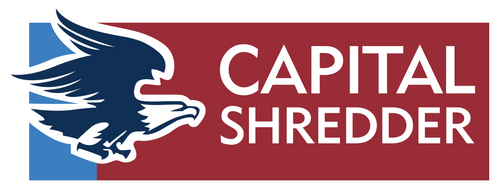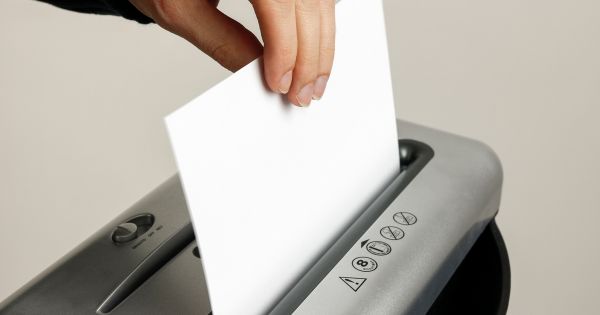Identity theft is a growing concern among businesses and individuals alike, with cybercriminals becoming increasingly skilled at accessing sensitive information through various means. One way to protect your office from identity theft is by securely shredding important documents that contain personal and business data. In this article, we will identify four crucial types of office documents that pose the most risk and explain the importance of shredding them properly.
1. Employee Records
Employee records contain sensitive information such as Social Security numbers, addresses, birthdates, and banking details. Your staff should handle these documents properly and shred them immediately once they no longer need them. Doing so will help prevent unauthorized access to employee information and protect your personnel from potential identity theft.
2. Client and Customer Data
Client or customer documents typically include personal and financial information that can prove harmful if accessed by unauthorized individuals. These may contain credit card numbers, bank account details, or sensitive business information. Regularly shredding these documents is essential to safeguard your customers’ trust and maintain the confidentiality of their data.
3. Financial Statements
You should shred financial statements and other documents that detail information about your company’s financial health. Information such as revenue figures, taxes, profit margins, and bank statements can be the targets of fraudsters for nefarious purposes. Securely destroying these documents will protect your business from potential financial harm and reputational damage.
4. Legal Documents
You must shred contracts, agreements, and other legal documents once they are no longer valid or in use. These documents often include sensitive information about the parties involved, which could result in legal disputes or financial repercussions if they were to fall into the wrong hands. This risk underscores the importance of securely disposing of these documents through shredding.
Choosing the Right Office Shredders
Now that we’ve identified the documents that you should shred, let’s discuss choosing the rightoffice shredders. A high-quality shredder should be efficient, secure, and easy to use. Look for a device that can handle large volumes of paper and has cross-cut or micro-cut functionality for enhanced security. You should also consider how often you need to shred your documents—daily, weekly, or monthly—and choose a shredder that can accommodate your needs. Regular shredding is crucial to maintaining the highest level of security and mitigating the risk of identity theft.
Safe Disposal of Shredded Documents
Once you shred your documents, it’s essential to take precautions when disposing of the shredder waste. Consider mixing the shredded pieces with other recyclable materials or disposing of them in multiple recycling bins to make it more challenging for identity thieves to piece the information back together. You can also use a reputable shredding service that guarantees secure document disposal.
Knowing which documents to shred to prevent identity theft and maintain the confidentiality of personal, client, and business information is vital. By shredding employee records, client and customer data, financial statements, and legal documents, you can safeguard your office against potential security breaches. Choosing the right office shredders and following safe disposal practices will further enhance the protection of sensitive information.


